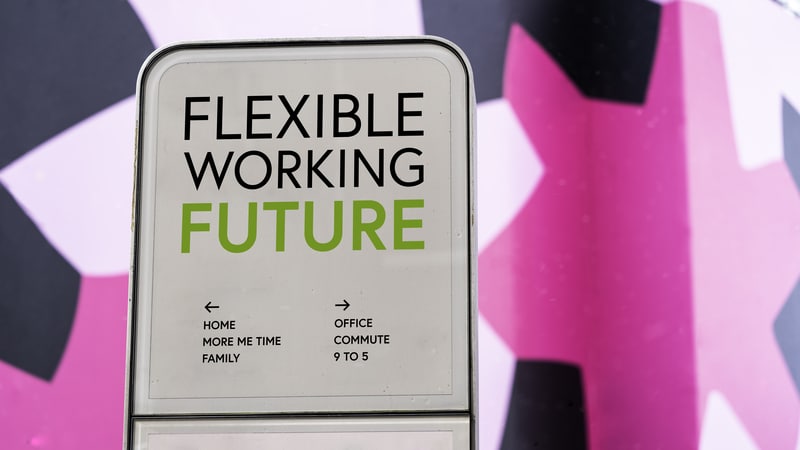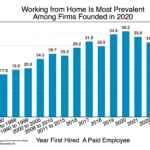Could increasing opportunities for women be as simple as embracing the new world of hybrid and remote work?
Looks that way. According to the most recent data, mothers’ participation in the labor force hit 75.2% in March 2023, a stat not touched since October 2019. The ability to work remotely also has increased earning opportunities for minorities.
Despite that – and the fact that in many cases, remote/hybrid work has shown productivity gains, many powerful leaders of major corporations like Amazon, Salesforce, Disney and JPMorgan continue mandating that workers return to the office.
Well, read this shot across their bow by Erin Grau in Fortune: “Women won’t return to a system that hasn’t served them well to spare the feelings of powerful men.” Grau notes that beyond the flexibility offered by a hybrid schedule, her children benefit from seeing her leadership skills at work.
That is something that was impossible when she disappeared to the office all the time. And Grau pens an apt description of what, essentially, Elon Musk, Andy Jassy, Jamie Dimon and other powerful, out-of-date executives say: “We are being told the only way to work is to return to a schedule invented with the Model T.”
The Old Guard Has Problems with Change
It can be difficult for the generation that has held power for decades (my generation) to accept the new, and change is difficult. But unless your company’s productivity truly suffered, remote and hybrid options are tools for shaping your companies in a way that your customers and workers will appreciate.
More than once at Tompkins Ventures, we have had working parents attend and even run meetings while waiting for their children to get out of school, soccer practice, etc. – something impossible in the old 9-to-5-commute-to-the-office-so-the-boss-can-see-you paradigm.
According to the latest data from the Work From Home Research Project, remote work totals about 28% of hours worked. That’s a sharp drop from more than 60% at the pandemic’s height. While I have no idea what the right percentage of remote/hybrid/in-office work should be, moving it closer to the 60% mark is better for working parents, productivity, how consumers look at your company – just about everything enterprises care about except for the hurt feelings of old bosses.
Jim Tompkins, Chairman of Tompkins Ventures, is an international authority on designing and implementing end-to-end supply chains. Over five decades, he has designed countless industrial facilities and supply chain solutions, enhancing the growth of numerous companies. He previously built Tompkins International from a backyard startup into an international consulting and implementation firm. Jim earned his B.S., M.S. and Ph.D. in Industrial Engineering from Purdue University.







Thank you, Jim. Your information is spot on and here at Task4Pros we and our customers are benefiting directly.
As usual Jim, bang on point with this article, the way we work has changed forever if the dinosaurs can’t get on board, well, we all know what happened to them.
Frank, we are on the same page and singing song. In order to win you must survive and to survive we must continually adapt. Jim
Nicely framed, Jim. While I see many upsides to greater flexibility, the jury is still out (for me) on how this dynamic supports innovation, career development, personal relationships and other similar characteristics of a growing and sustainable business.